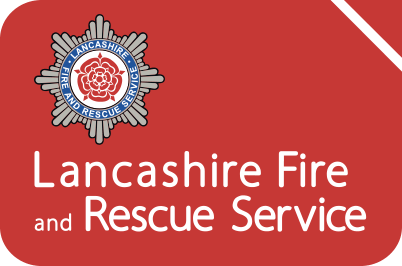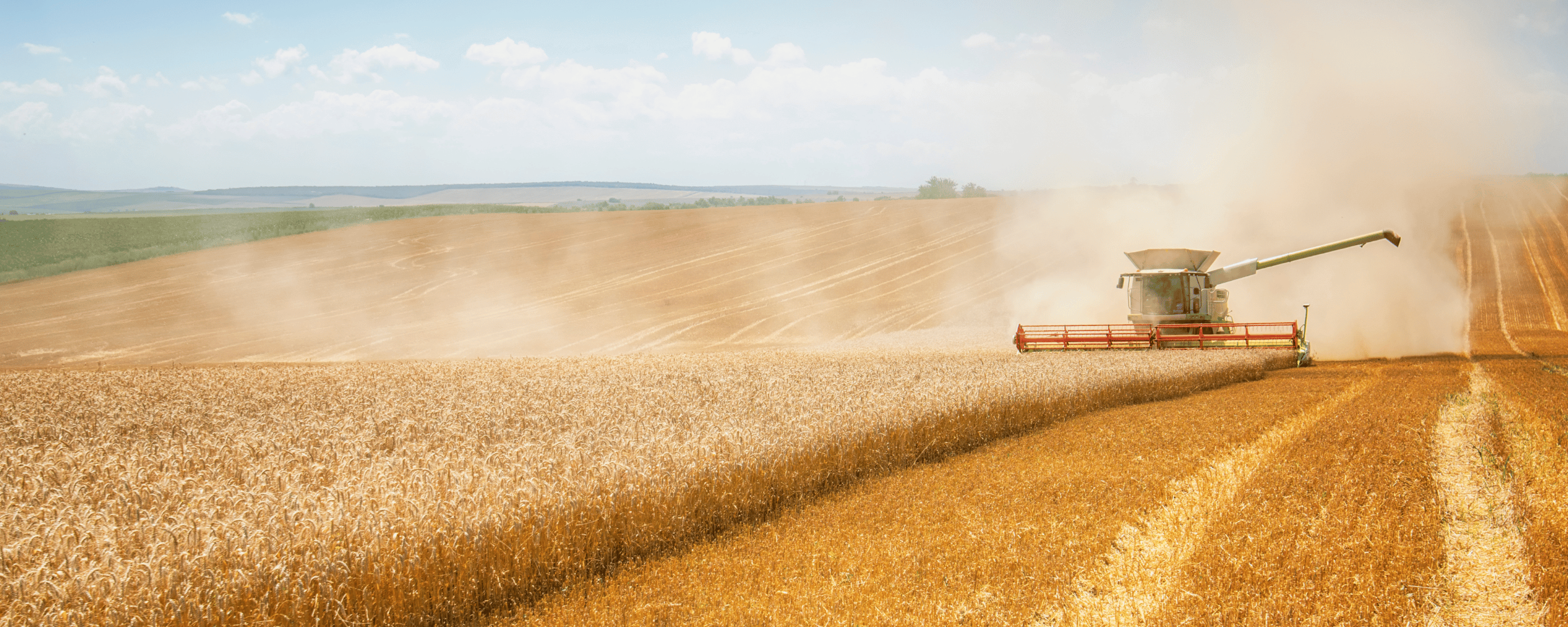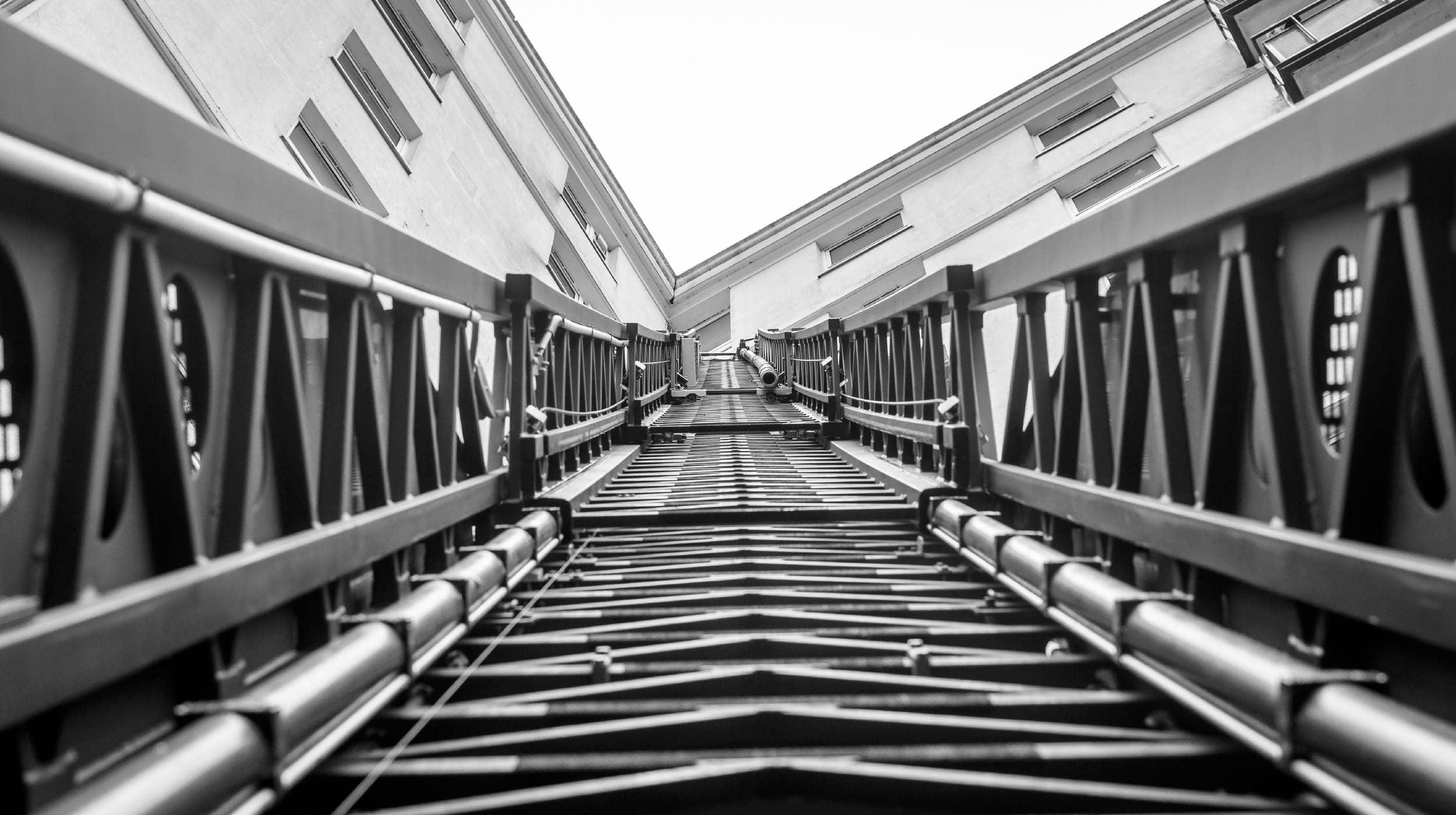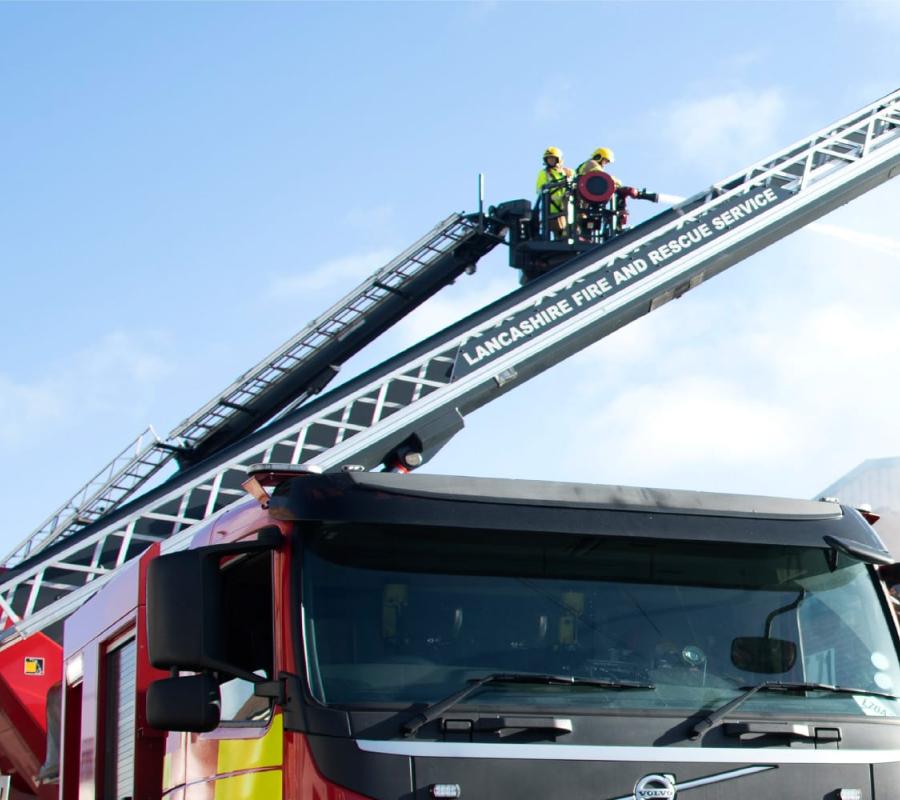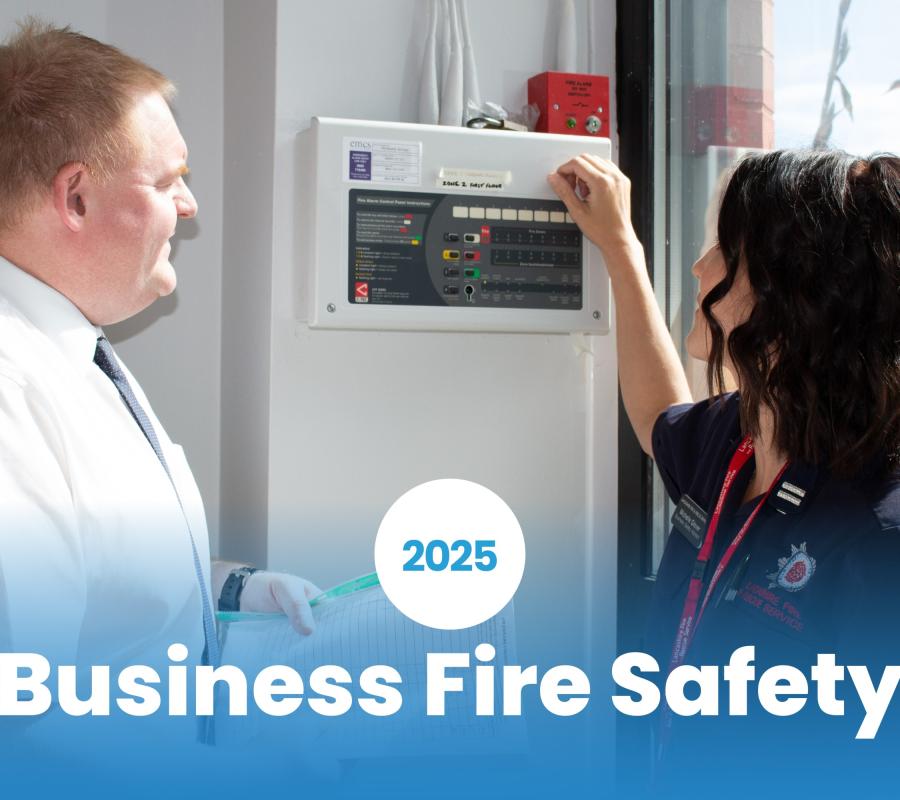When to act
Implement these measures in hot, dry, windy conditions when the risk of ignition and rapid spread of fire is high.
Start harvesting from the downwind edge
Starting from the downwind edge ensures that any fire caused by machinery spreads into already harvested areas and not standing crops.
Determine wind direction before harvesting. Work into the wind to reduce risk of fire spread.
Harvest headlands first
Clearing a perimeter swathe around the field before moving into the centre can slow fire spread.
Benefits:
Plough or disc behind the harvester
On very dry and windy days, consider using a tractor and plough or disc cultivator to follow the harvester around the headland to create a bare-earth firebreak.
Keep fire suppression equipment on site
Equip harvest teams with:
A tractor with water bowser.
At least one fire extinguisher on each machine.
Radio or mobile phone for emergency communications.
Check and clean machinery daily
Remove crop dust and straw build-up from engines and bearings.
Check for hot spots or faulty wiring.
Avoid metal-to-stone contact where possible.
Work in teams where possible
Have a second operator with a plough, disc, or bowser on standby where possible.
Rotate tasks and maintain constant lookout for smoke or heat.
entrances.
Communicate with neighbours and responders
Inform nearby landowners when harvesting in high-risk areas.
Know how to report fire quickly, call 999 and ask for the fire service
Use GPS location aps such as what3words to help fire and rescue services locate field
entrances.
